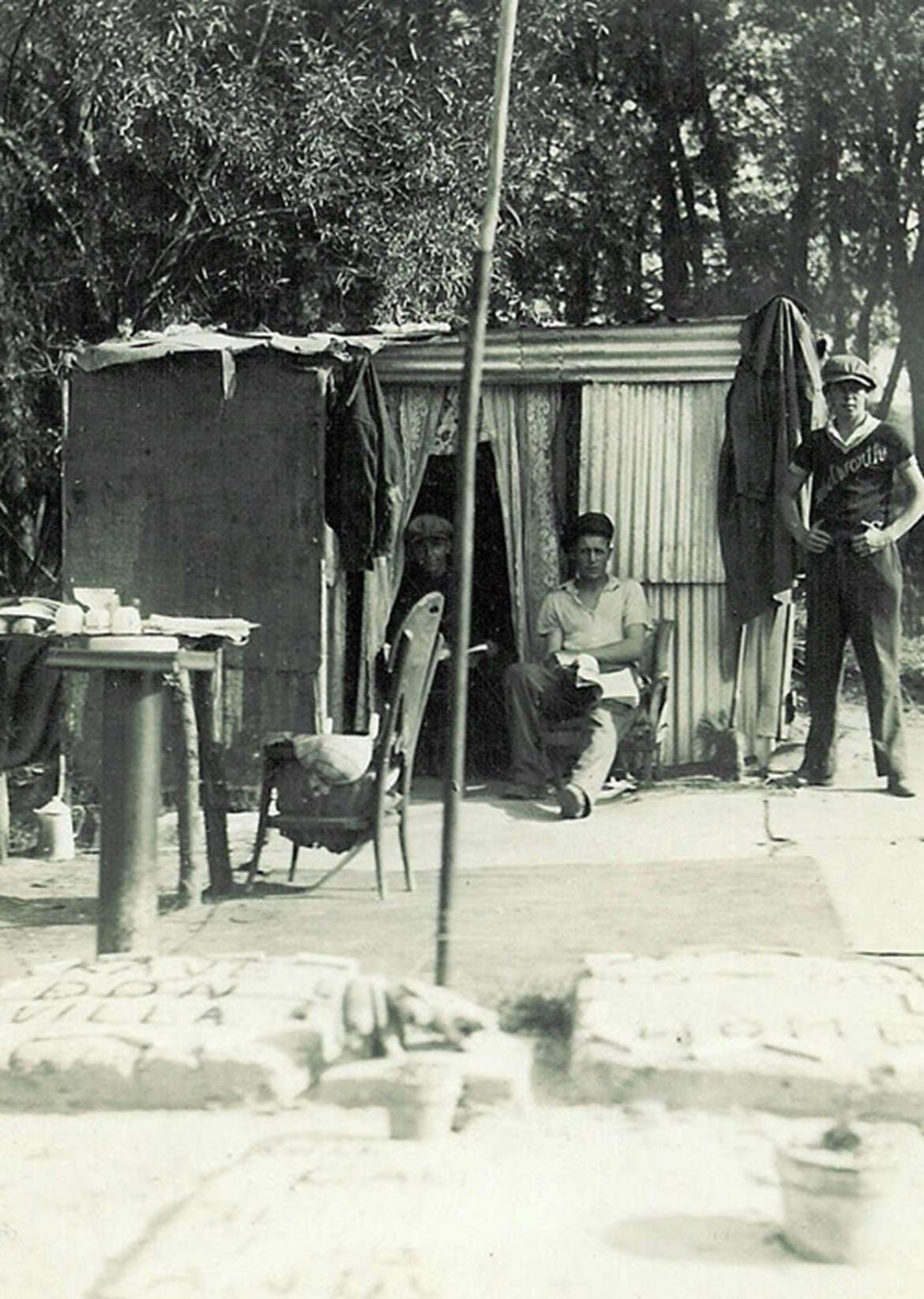12 Heartbreaking Photos of the Great Depression
These devastating photos from the 1930s perfectly capture the poverty and hopelessness of the decade. In 1929, the stock market crash resulted in a lack of spending, and a rush of consumers purchased products using newly established credit systems -- including farmers.
The lack of money in circulation caused an economic deflation, which led to massive lay-offs. Unemployment caused businesses to close, contributing to even higher unemployment rates.
The odds were impossibly stacked against the nation. Economies around the world cracked and resulted in the Great Depression.

"The Unemployed Man" shows the greatest effect of The Great Depression: unemployment. Over 25% of the USA's citizens were unemployed. Without a job, people couldn't buy goods and services even though prices were low because of deflation.

Pictured above is a host of people swarming the bank, requesting a withdrawal of banknotes. The banks used the flawed decentralized banking system, which was particularly vulnerable to a massive surge of withdrawals and loans. In the end, a lack of banknotes led to the deflation of currency.

Once the United States' economy fell, others soon followed, Australia included. This photo of the Great Depression shows the schoolkids of Belmore North Public School standing in a line, receiving food rations.

The extent of The Great Depression in Australia was brutal. The financial burden forced many people to leave or sell their homes. The family in this heartbreaking photo is shown living in a thin steel shack that looks like it could fall flat at any moment.

Still in Australia, a man sold his house only to live in a tent near Sydney. This was a crushing reality for many.

The Great Depression hit farmers harder than anyone. This image shows an empty cotton plantation in Texas, USA. The farmers had no tools to work on the land and had to abandon the plantation.

This photo shows a massive group protesting in the rain. They were opposing the government's handling of the availability of banknotes outside of the Bank of United States.

"Migrant Mother" is one of the most well-known pictures of The Great Depression in the US. Florence Owen Thompson, the lady in the photo, was the mother of seven children.

Lack of tools and workforce led to untended farms and plantations. The corn in this North Carolina, USA, field died before it reached maturity.

Thousands of workers went unemployed and most of them lost their homes. As a last resort, they found a place to sleep in the open bandstand at Queen's Park in Toronto, Canada with only a newspaper as a bed.

Many people chose to sell or leave their houses to live in makeshift shacks just so they could afford to eat.

Prior to the Depression, farmers grew eager to cut down weeds and grasses to prepare their lands for planting. Without their knowing, the farmers made the soil extremely dry. This turned the American midwest into a giant Dust Bowl.
Aftermath
The Great Depression is regarded as one of the most significant economic events in human history. But humanity managed to rebound. Thanks to US President Franklin D. Roosevelt, new economic and social deals to combat deflation were put in place. The Great Depression ended with the start of World War II. The new war made unemployment practically vanish, thanks to enlistment.
No worries! We can fix it and make it beautiful.
from our blog
You might also like
Learn how to fix photos ripped corners. A quick overview of some techniques, tips and tools.
The world wasn't black and white more than a hundred years ago, but the photos were. Autochrome was the first intent to capture those colours. Discover the technique that changed the world.
With digital image enhancement tools, you can edit an image with filters that tell a story when they're printed. However, before adding filters to printed photos, you'll want to check that your printed image isn't losing quality.
Pin-up has certainly carved itself out a prolific section of art history. So much more than just sensually-posed girls in skimpy outfits, pin-up is an art form that has evolved and blossomed, influencing culture and society along the way.





